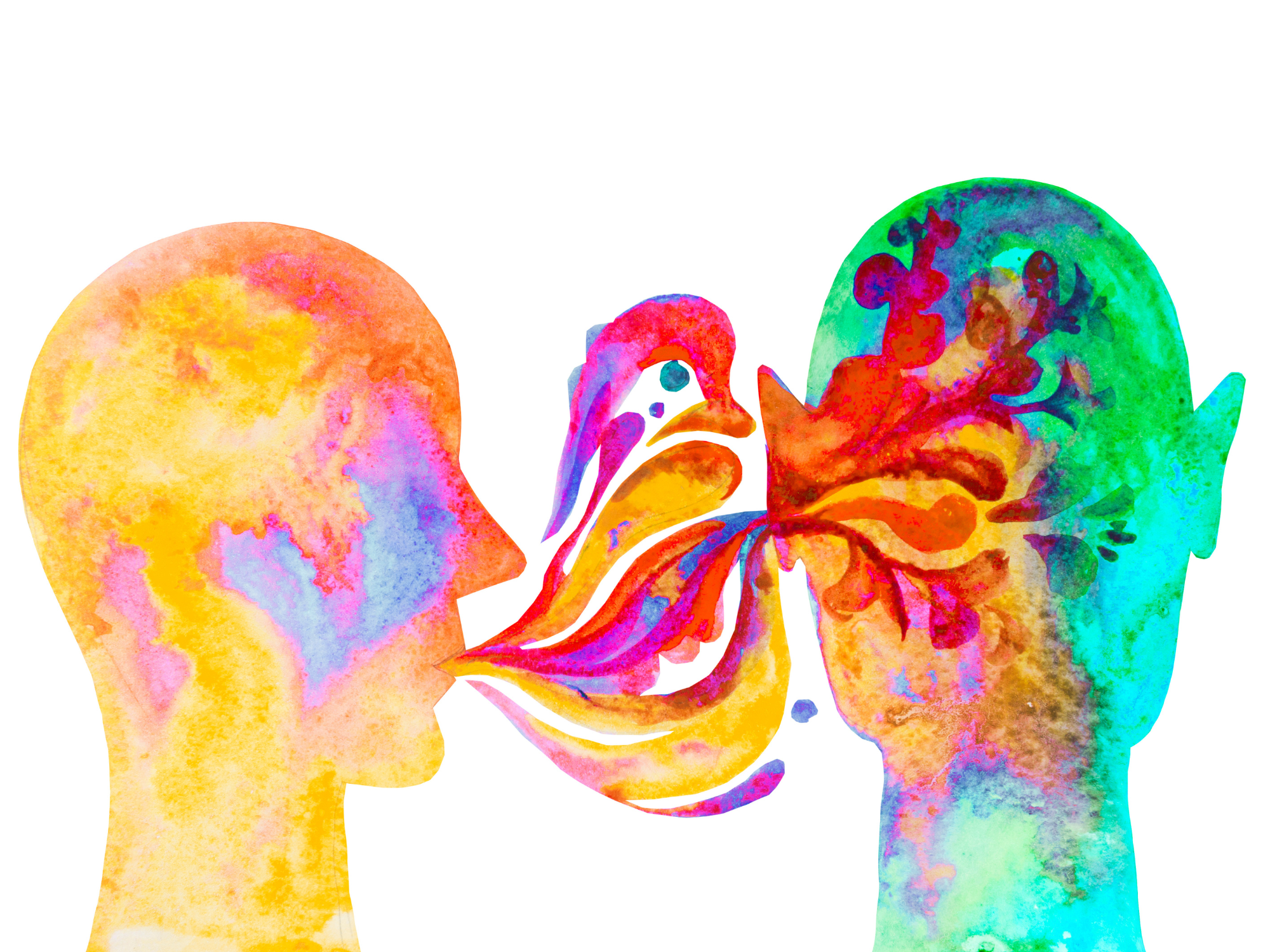Exploring the similarities between language and music

Language and music are two of the most fundamental and universal forms of human communication. Although they may seem different at first glance, language and music share many similarities, including the use of sound, rhythm, and structure to convey meaning and evoke emotion.
Music is a universal language that can evoke powerful emotions and feelings in people. It has the ability to connect people from different cultures, age groups, and backgrounds.
Music can be used to express emotions, tell stories, and communicate messages that transcend language barriers. It can also have therapeutic effects, helping people to relax, reduce stress, and improve their mental health.
Language, on the other hand, is essential for communication and the transmission of ideas, beliefs, and knowledge. Language allows us to interact with others, express our thoughts and feelings, and share our experiences. It also helps us to understand the perspectives of others and build social connections.
This piece explores the connection between language and music, examining their similarities.
Sound and Rhythm
Both language and music are based on the use of sound and rhythm. In language, we use sounds to create words and sentences, which are then arranged in a rhythmic pattern.

Similarly, in music, we use sounds to create melodies, rhythms, and harmonies that are arranged in a rhythmic pattern. The use of sound and rhythm in both language and music helps to convey meaning and emotion.
Structure
Both language and music have a structure that helps to organize and convey meaning. In language, we use grammar and syntax to structure words and sentences. In music, we use musical notation to structure melodies, harmonies, and rhythms.
The structure of both language and music allows us to communicate complex ideas in a clear and organized way.
Emotion
Both language and music can evoke emotion in the listener. In language, we use tone of voice and cadence to convey emotion.

In music, we use melody, rhythm, and harmony to create emotional responses in the listener. Both language and music have the power to move us, to make us laugh, cry, or feel inspired.
Moreover, both music and language share certain cognitive abilities. For example, both involve the ability to perceive and manipulate sounds, recognize patterns and rhythms, and understand the meaning of symbols and signs. Music and language are important forms of human communication, and both have the power to move us, inspire us, and connect us with others.
Teneo Linguistics Company is a certified small, woman-owned business that specializes in a variety of customizable language services in more than 180 languages. Learn how TLC can support your company with these professional services.







